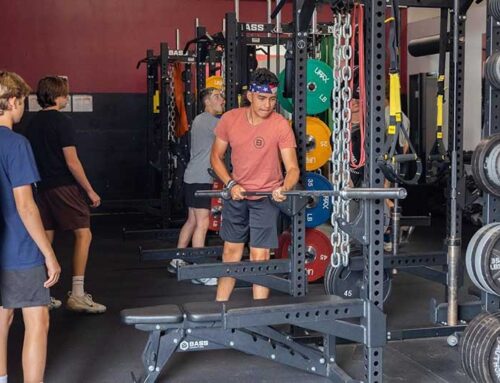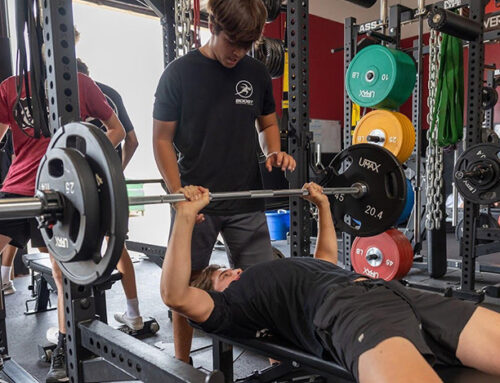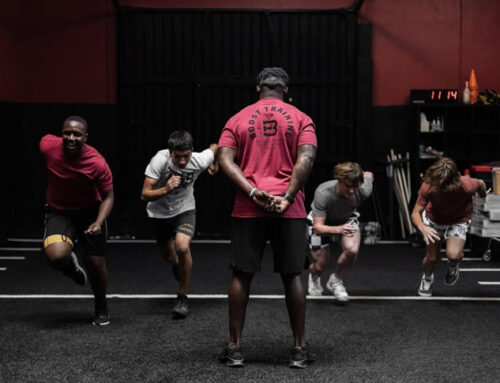Here at the Boost Performance Center we specialize in working with youth athletes. We believe that adolescent years are crucial and lays the foundation for future athletic success. We apply the same level of detail and dedication to our young athletes that we would a professional, and that’s what makes our organization different. With that being said, after 10 years of working with this demographic there are certain exercises that are a must to learn as soon as possible. Here are 5 of the best speed exercises for youth athletes.
#1 Arm Swings

This is a very important and simple drill that should be one of the first technical drills kids should be taught during training. The reason why? When an athlete runs, arm efficiency dictates leg efficiency, so fixing an athlete’s arms will naturally lead to better running. Honestly every time I see older athletes with poor arm action all I can think of is how someone failed them when they were younger. This should be the first exercise every young athlete should be introduced to when they begin training. Here’s how it’s done:
- Athletes will assume a half kneeling position and begin maintaining a long arm position and begin rotating from their shoulders. Once they understand the rotation of the arms from the shoulders the next progression will be to lock their arms at 90 degree and execute the same rotation at various speeds allowing their hand to go from their chin, pass their pocket.
#2 Wall Strikes

After working on their arms, correcting improper leg action comes next. Wall strikes are very specific to teaching proper acceleration mechanics. When athletes accelerate their legs exhibit a piston like action. Wall strikes help reinforce these mechanics while also emphasizing good posture while accelerating as the athlete maintains a 45 degree lean in which their shoulders stay over their knees and toes. Like arms swings, this is a foundational drill that requires no special equipment. This is a must drill for young athletes. Here’s how the drill works:
- Leaning at 45 degrees against a wall, the athlete will begin with one leg flexed (bent) and the other extended (straight). On the coaches que the athlete will aggressively switch legs, keeping their foot dorsiflexed hips projected forward and maintaining their 45 degree lean throughout the movement.
#3 Vertical Jumps
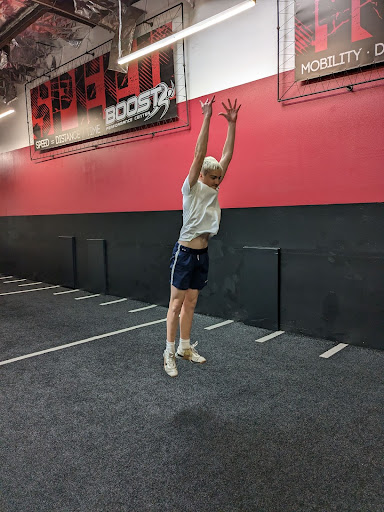
This might not seem very specific to running but learning how to jump vertically is critical for speed for 2 reasons. #1. It helps build the initial powerful burst fast athletes exhibit when sprinting. #2. It helps build proper deceleration mechanics. An important part of speed, especially as it relates to sports that require starting and stopping is the ability to decelerate. Teaching athletes how to properly accept body weight is crucial because the more efficiently an athlete can decelerate the better they can re-accelerate, and proper deceleration also helps prevent injury. Check how its done:
- The athlete will begin with their feet under their hips standing tall with shoulders flexed. Next the athlete will execute a quick counter movement throwing their arms back past their hips while simultaneously dropping their hips before elevating off their ground. The athletes should land in the counter movement position to reinforce good landing mechanics.
#4 A-Skips
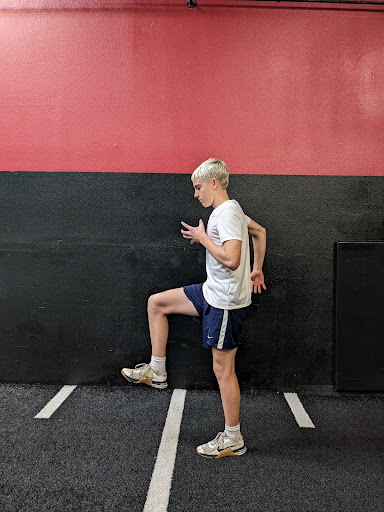
Like vertical jumps, A-skips are a plyometric exercise. This drill is a more dynamic way to teach young athletes proper running mechanics. More specifically it helps build the transition phase of leg action during acceleration where the knee punches up and forcefully comes back down. Here how its done:
- Moving forward, athletes will execute a small rhythmic bounce. Athletes will stay on the balls of their feet, and keep toes dorsiflexed. While projecting their hips forward the athlete will punch one knee up and forcefully place their foot back on the ground, executing the piston-like actions our legs exhibit when accelerating. The basic version of this drill focuses on the legs only, having the athlete touch their fingertips underneath their legs with each knee drive. As they begin to master this movement athletes can then add their arm action as a progression.
#5 Deceleration Drills
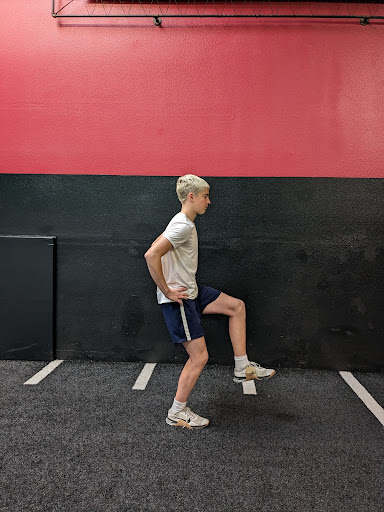
I’ve written before about the benefits of teaching athletes how to decelerate Here. It ties directly into game speed for most sports, and is crucial in helping athletes avoid non-contact injuries during competition. The better an athlete learns how to decel/break, the faster and efficiently they can re-accelerate. Check the link for a video on how we break down this drill and teach it across different movement patterns.
Despite what many people might believe, it doesn’t take a bunch of fancy equipment, and intricate drills to help young athletes improve their speed. Understanding these important fundamental speed drills will not only have your youth athlete running better, but will set them up for optimal speed gains in the future-Boostman
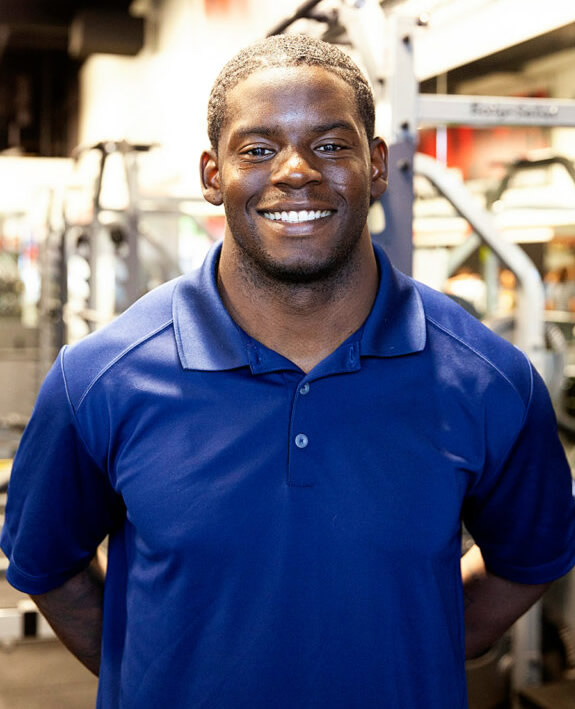
Owner, Boost Training Systems in Corona, CA
Level 1 & 2 Coach Bommarito Performance
CSCS, USAW




